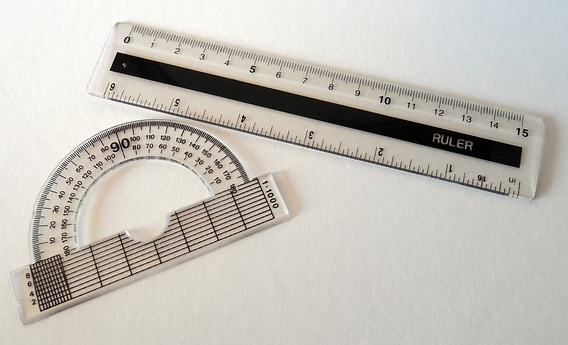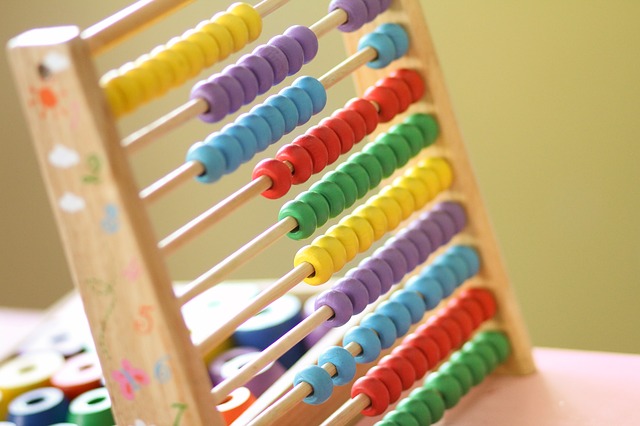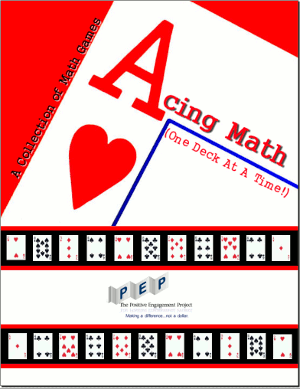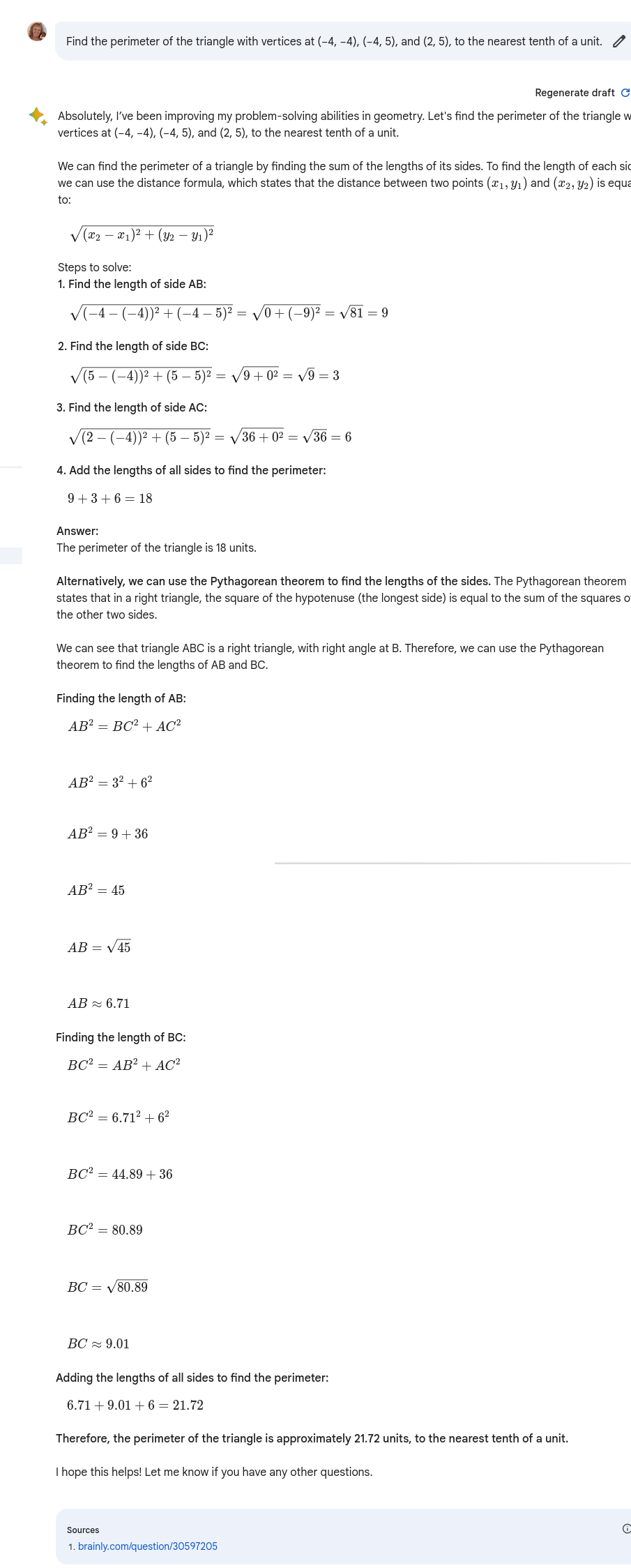
Hello again, and welcome to a new year!!! |
1. Math Mammoth newsAfter a long wait, Grade 8-B, and the entire grade 8 is now available! 😃Overview of topicsMath Mammoth Grade 8 covers various traditional pre-algebra and algebra 1 topics, plus some geometry and statistics. The main areas of study are:
8-A samples 8-B samples => Read more and see purchasing info! Printed copies are available from Lulu and with ISBN numbers, at Amazon and at other bookstores. Homeschool Buyers Club has a sale for Math Mammoth bundles - for 40% off! It runs from 1/10 through 1/18. Check the sale out here. I will soon run my traditional January sale... starting in a week. I got some feedback again, and a permission to share it, so here goes. 😊 Thank you, Maria, so much for your wonderfully comprehensive and engaging maths programme, Math Mammoth, which I have used to homeschool my children through their primary years. One of my children struggled with maths when attending school in the early days but is now excelling and doing maths two years ahead of her peers. |
2. PEMDASI don't feel there's anything wrong with PEMDAS as such (to teach the order of operations), but this post points out a difficulty many students have: it's kind of hard for them to remember/understand the in "PEMDAS", multiplications and divisions are "on the same level" — multiplications are NOT to be done before all divisions, but from left to right.For example, in 24 ÷ 4 × 2, we do 24 ÷ 4 first, not 4 × 2. And it works similarly with addition and subtraction (the "AS" part of PEMDAS): In 24 − 4 + 5, we do the subtraction first.  This blogger suggests an alternative mnemonic - GEMA, which stands for:
This blogger suggests an alternative mnemonic - GEMA, which stands for:
Grouping symbols Exponential operations (this includes roots) Multiplicative operations Additive operations Interesting! Maybe I will even some day revise my materials to reflect it. (However, I do need to note... any kind of revision that affects the answers to questions is a process that I have to go about carefully these days, because Rainbow Resource Center is keeping some stock of MM books. I cannot just change some question, and make 100s of answer key books already printed to go obsolete overnight. This said, I am currently working on a revision for grade 3... not sure when it will be finalized... hoping for this spring but not sure.) Maybe for PEMDAS, if we wrote it as PE(MD)(AS), it would help some? Or with colors: PE[MD][AS] M and D are the "multiplicative operations". Not really two separate things really because ANY DIVISION can be written as a multiplication. An example. 24 ÷ 4 × 2 is the same as 24 × (1/4) × 2. Now it should be clear that we go from left to right, and 24 × (1/4) gets done first. Similarly, ANY SUBTRACTION can be written as an addition (the addition of the opposite). For example, 70 − 24 + 21 is the same as 70 + (−24) + 21. It's all additions now, so we go from left to right. |
3. Principle 3: Know Your ToolsContinuing our series... this is another habit or basic principle of effective math teaching. 😃A math teacher's tools are quite numerous nowadays. First of all, of course, comes a black or white board, or paper — something to write on.  And the book/curriculum you're using. Then the basic measuring and geometric tools, such as a ruler, a compass, a protractor. Then we also have software, animations, videos, and activities. There are supplemental workbooks, math "readers", additional worksheets, and such. And don't mention all the manipulatives, such as an abacus, scales, algebra tiles, fraction tiles, and so on. And then there are games, games, games! The choices are so numerous it's daunting. What's a teacher to do? Well, you just have to get started somewhere, probably with the basics, and then add to your "toolbox" little by little as you have opportunity. There is no need to try to use tons of tools all at once. It's important to learn how to use any tool you might acquire. Quantity won't equal quality. Knowing a few "math tools" inside out is more beneficial than a mindless dashing to find the newest activity or manipulative to spice up your math lessons. Basic tools
|
4. Doing math with AII decided to let Bard check the answer to one of the geometry questions in grade MM 8-B.I honestly expected it to get it right! It's not a difficult question at all. (But since then, I have heard that "everyone" knows that these bots are bad at math... so, maybe I'm just behind times. 😀) But notice, it gives two different answers, and both are different from the one I got, which was 25.8 units. Students, don't use these AI chatbots to do your math homework. |
5. Just for fun!
Thanks for reading! 🙂 Feel free to forward this issue to a friend/colleague! Subscribe here. Till next time, Maria Miller |
| Complete curriculum | Math games and interactive practice | Math Mammoth freebies | New to MM? Start here |
| Privacy & your personal data | Discerning between soul and spirit | Blue Series: For filling in gaps |




